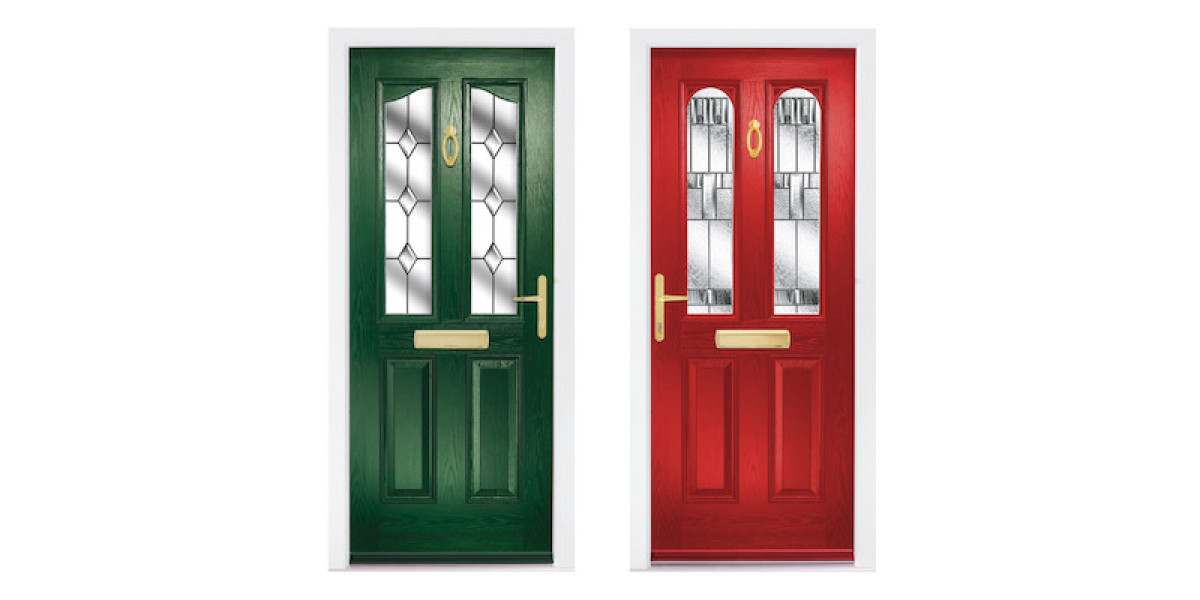The Complete Guide to Broken Door Repair: A Step-by-Step Approach
Doors are an essential part of any structure, providing security, personal privacy, and aesthetic appeal. Nevertheless, they can deal with different obstacles, from wear and tear to unexpected damage. A broken door can position a significant inconvenience and, if not addressed quickly, may result in more structural concerns or security dangers. This informative short article will explore common kinds of door damage, the tools and techniques required for repairs, and ideas for successful restoration.
Typical Types of Door Damage
Understanding the nature of the damage is the initial step in dealing with a broken door. Here are some common kinds of door damage that house owners and home supervisors might come across:
Hinges and Hardware Issues
- Loose, rusted, or damaged hinges can cause doors to sag, making them challenging to open or close.
- Misaligned strike plates can prevent the latch from engaging.
Surface Damages
- Scratches, damages, or chips in the surface area finish can mar the appearance of a door.
- Rot or water damage often happens on wood doors left exposed to moisture without appropriate sealing.
Frame Damage
- Damaged door frames can lead to spaces and misalignment, which can compromise security.
- Termite damage can compromise structural stability, necessitating repairs or replacements.
Lock and Latch Malfunctions
- Broken locks or locks can produce security vulnerabilities.
- Damaged secrets or malfunctioning door deals with can restrain normal operation.
Tools and Materials Needed for Door Repair
A successful door repair job needs the right tools and materials. Below is a list of important products that can assist assist in the repair process:
Basic Tools
- Screwdrivers: Both flathead and Phillips for removing and tightening screws.
- Hammer: For aligning hinges or driving in nails.
- Drill: For creating holes for screws or anchors.
- Sculpt: Useful for adjusting door frames or lock cuts.
- Level: To guarantee correct alignment when re-installing the door.
Products
- Wood Putty: For filling in scratches or dents on a wood door.
- Wood Glue: To repair broken wood joints.
- Sandpaper: Helps in smoothing surfaces before painting or completing.
- Paint or Stain: Used to bring Composite Back Door Repair appearance after repairs.
- Replacement Hardware: Includes brand-new hinges, locks, or latches when repairs are essential.
Actions to Repair a Broken Door
Repairing a composite garage door repair needs cautious evaluation and systematic execution. Here is a step-by-step guide on how to repair various kinds of door damage:
1. Examine the Damage
Take an extensive look at the door to determine locations that need repair. Figure out whether the damage is cosmetic (scratches, surface area dents) or structural (frame concerns, hardware damage).
2. Tighten Up or Replace Hardware
- Line up Hinges: If the door is drooping, check and tighten up the hinges. Utilizing a level, change until the door hangs uniformly.
- Change Hardware: If hinges or locks are rusted or damaged, remove and replace them.
3. Repair Surface Damage
For small scratches and dents:
- Use wood putty to fill out deep scratches or holes.
- Enable the putty to dry, then sand it smooth with fine sandpaper.
- Apply paint or stain to match the rest of the door.
4. Fix Door Frames
If the door frame is damaged:
- Use a chisel to remove rotten or damaged parts.
- Change with new wood, guaranteeing it is securely secured.
- Repaint or stain the frame to restore its look.
5. Address Lock or Latch Issues
For concerns with locks or latches:
- Check for misalignment and tighten any screws.
- If locks are broken, remove them and replace with brand-new locks, guaranteeing proper setup for security.
6. Check the Door
After repairs, test the composite entrance door repair to ensure it opens, closes, and latches properly. Change hinges or hardware as needed.
Preventive Maintenance Tips
To minimize future door damage, consider the following preventive measures:
- Regular Inspections: Periodically examine the hinges, locks, and frame for indications of wear.
- Weatherproofing: Seal doors to secure against wetness, especially if they are exterior doors.
- Correct Use: Educate all users about correct door handling to avoid unnecessary stress on hinges and locks.
Frequently Asked Questions about Broken Door Repairs
Q: How much does it generally cost to repair a broken door?A: The cost can differ significantly based upon the kind of damage. Minor repairs may cost ₤ 50 to ₤ 100, while comprehensive repairs or replacements might vary from ₤ 200 to ₤ 500 or more. Q: When need to I consider replacing a door rather of repairing it?A: If the door is considerably damaged (e.g., extensive rot, broken frame)or if it visible damage on the surface, or problems with locks and locks. In conclusion, repairing a broken composite door hinge repair may appear intimidating at initially, but with the best understanding, tools, and strategies, it can be a workable task. By comprehending the kinds of damage, following organized repair actions, and taking preventive steps, property owners can maintain their doors'performance and visual appeal for many years to come.
's causing security concerns, replacement might be more cost-effective and much safer in the long run. Q: Can I repair a broken door myself?A: Yes, lots of door repairs can be done by homeowners with basic tools and some DIY understanding. However, for significant damage or complex problems
, employing a professional may be suggested. Q: What are some typical signs that my quick composite door repair requires repair?A: Common signs consist of problem opening or closing, spaces between the high-quality composite door repairs and the frame,







